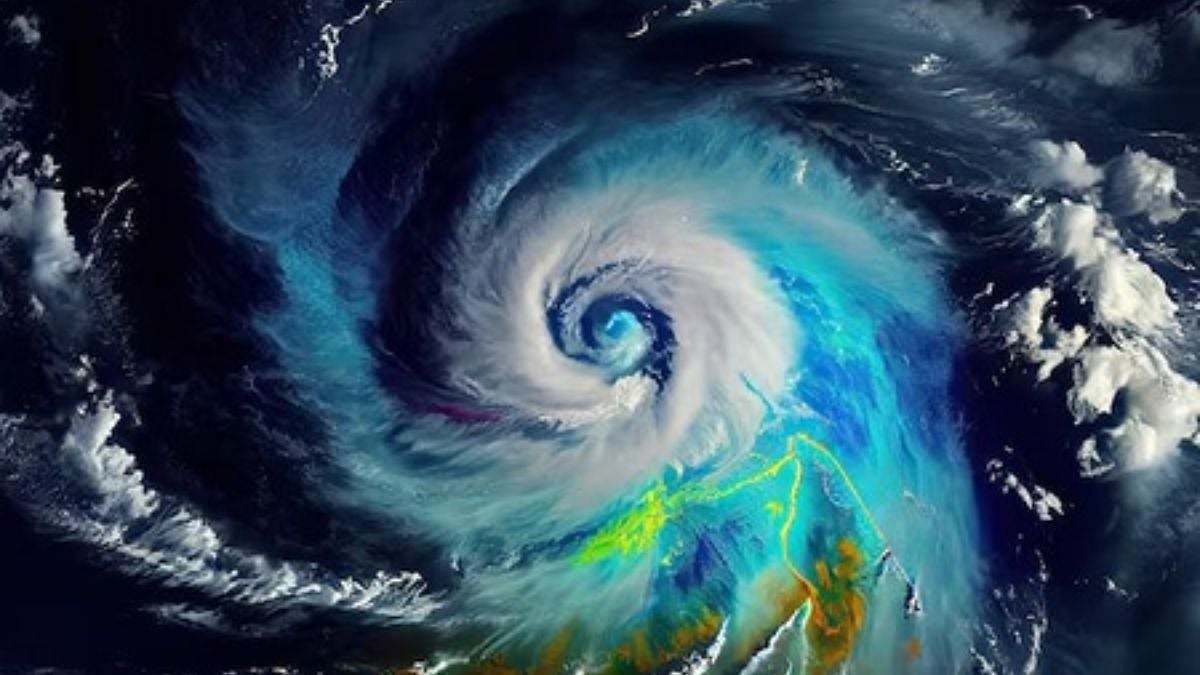Weather Update: IMD Issues Red Alert In Odisha, Andhra Pradesh And Telangana As Cyclone Montha Makes Landfall
Cyclone Montha made landfall on Tuesday, October 28, 2025. It crossed the coasts of Andhra Pradesh and Yanam between Machilipatnam and Kalingapatnam, to the south of Kakinada. The India Meteorological Department (IMD) issued an alert in various states, including Andhra Pradesh and Odisha.

Cyclone Montha Makes Landfall | IANS
Delhi: Cyclone Montha made landfall on Tuesday, October 28, 2025. It crossed the coasts of Andhra Pradesh and Yanam between Machilipatnam and Kalingapatnam, to the south of Kakinada. The India Meteorological Department (IMD) issued an alert in various states, including Andhra Pradesh and Odisha. The storm is likely to bring winds of 90-100 kmph. The Andhra Pradesh government has placed all coastal districts on high alert and deployed NDRF and SDRF teams for emergency.
Heavy to heavy rainfall is predicted in these regions
The rainfall is likely to be issued in parts of Coastal Andhra Pradesh, Telangana, Rayalaseema, South Chhattisgarh, and Odisha. In Odisha, the red alert is issued for Malkangiri, Koraput, Rayagada, Ganjam, and Gajapati. The IMD has also issued a red alert for Telangana's Khammam, Mulugu, and B Kothagudem. Meanwhile, an Orange alert has been issued in Kurnool, Anantaouramu, Srisathyasai, Annnamayya, YSR Kadapa, Chittoor, and the coastal regions of Gujarat, including Vidarbha, Saurashtra, and Kutch.
Cyclone Montha
According to the IMD, a low-pressure area over the southeast Bay of Bengal has developed into a deep depression on Sunday, October 26, 2025. Montha, the name of a cyclone, is suggested by Thailand, which means beautiful flowers. The meteorological system developed into a strong cyclonic storm on October 28, resulting in extensive rainfall across various states.
ALSO READ
What you should do (if you're in the affected area)
Avoid going to the sea, avoid being near the coast or beaches.
Stay indoors, especially when the wind picks up and the rain starts heavily.
Secure anything loose outside (e.g., chairs, sheets, loose roofing), and close windows/doors firmly.
Charge your phone, ensure you have a torch/flashlight, water bottles, and some food — be ready for power cuts.
Don't take shelter under trees (because of lightning, falling branches) and stay away from exposed open areas.
Keep up with official updates (IMD bulletins, local authorities) so you know when landfall is, when danger passes.
If you live in a very flood-prone zone or a weak building, consider moving to a safer place/shelter as advised by local disaster management.
RECENT STORIES
-
-
-
-
-